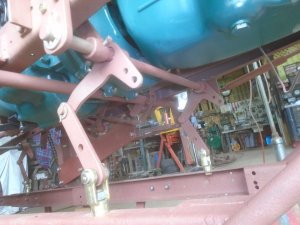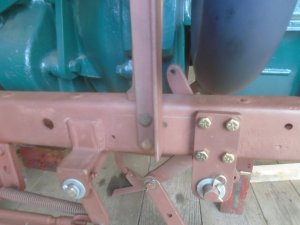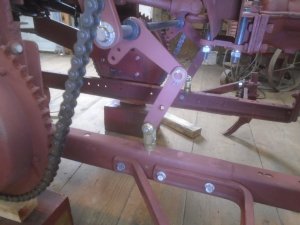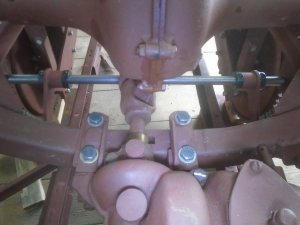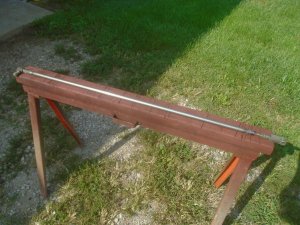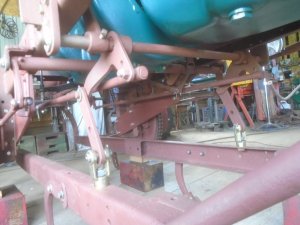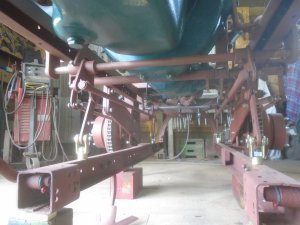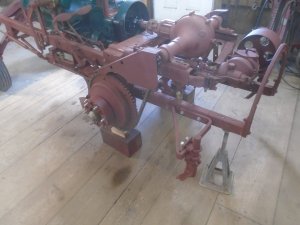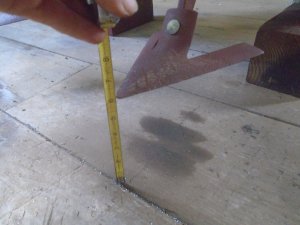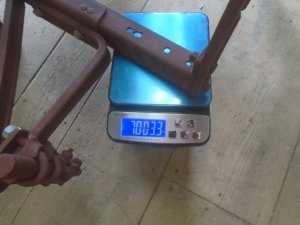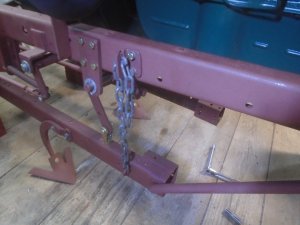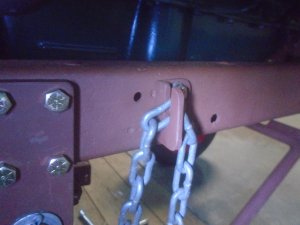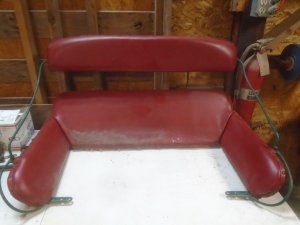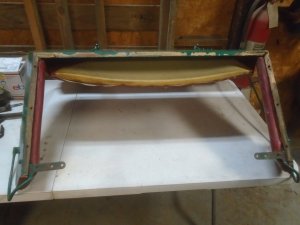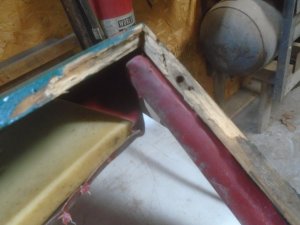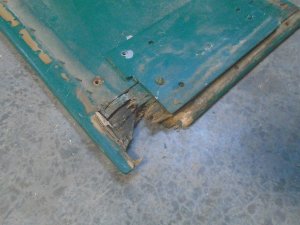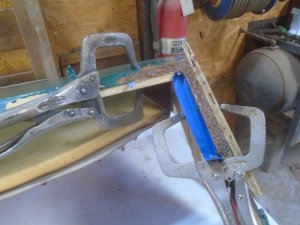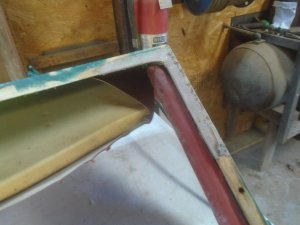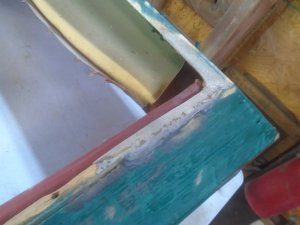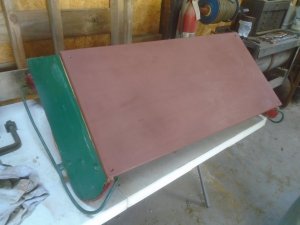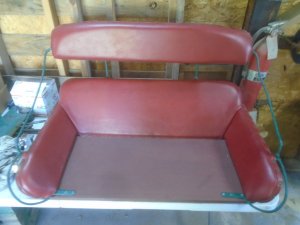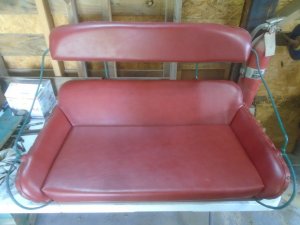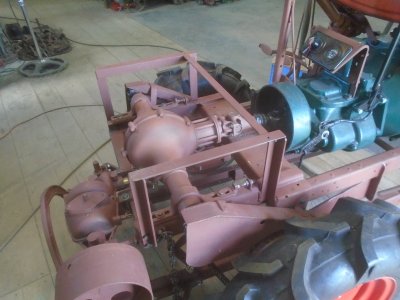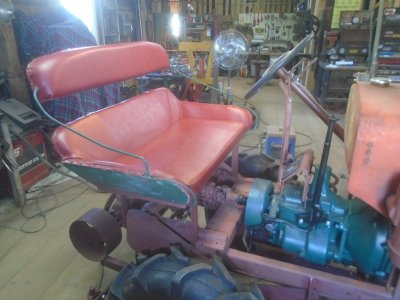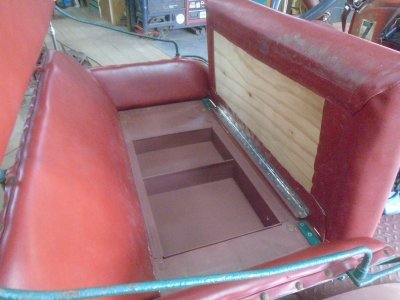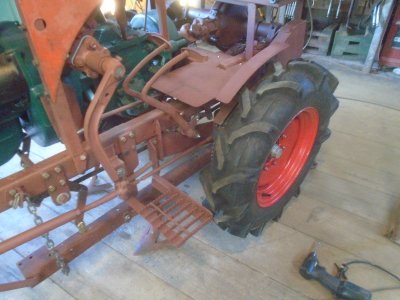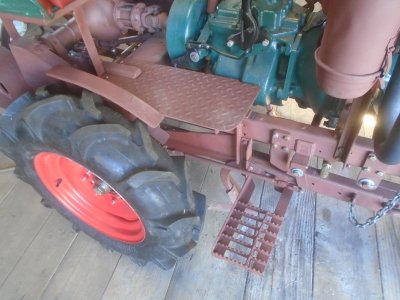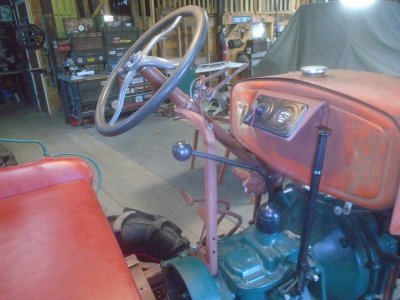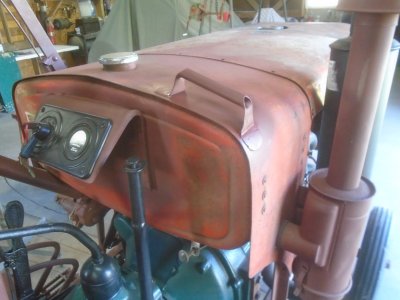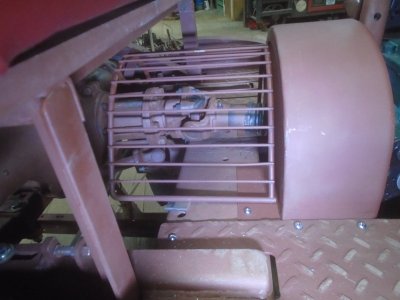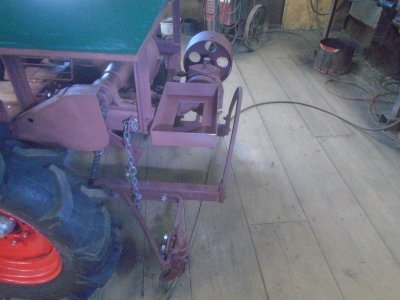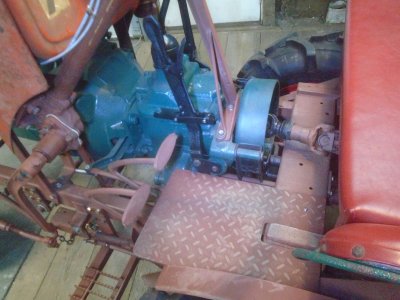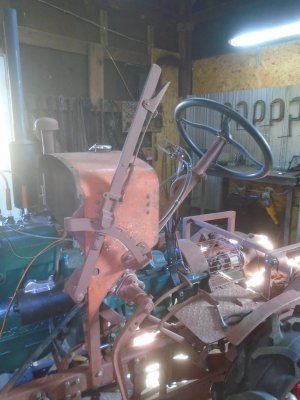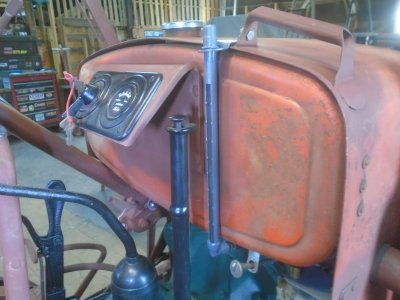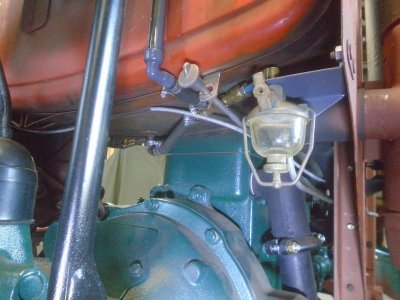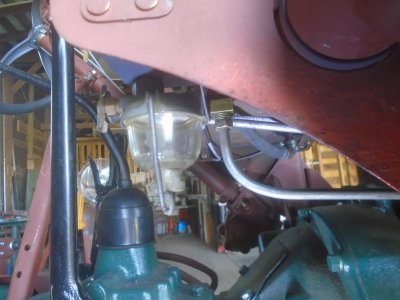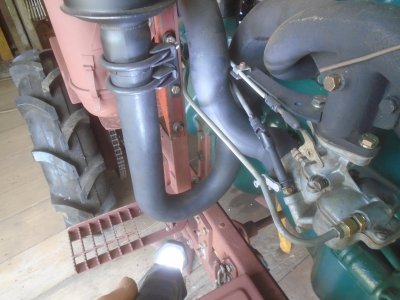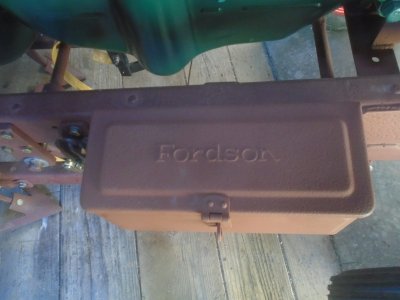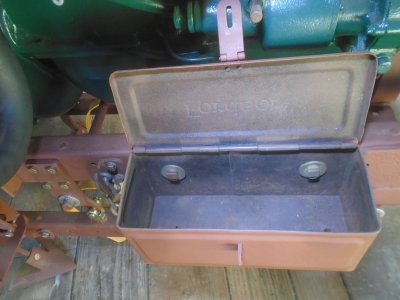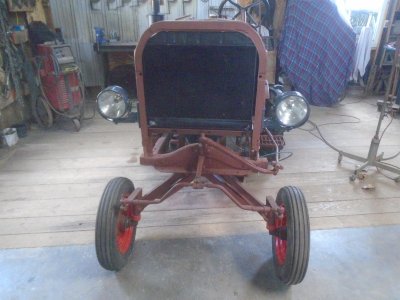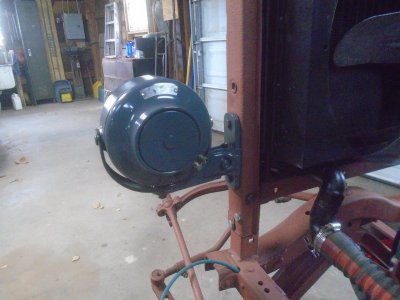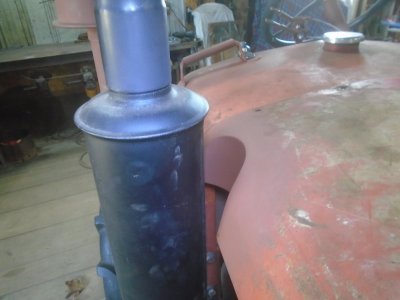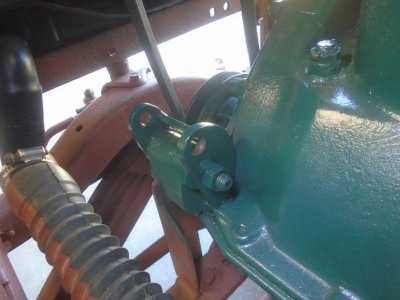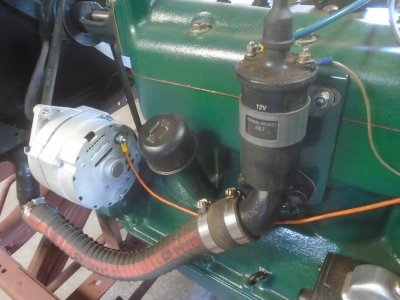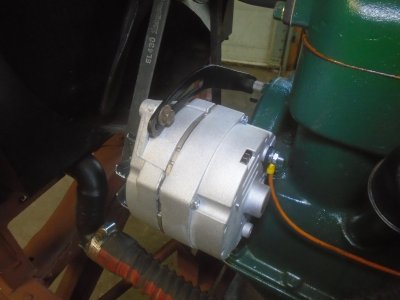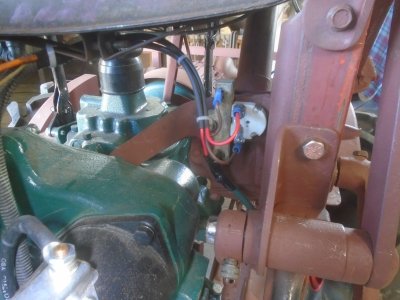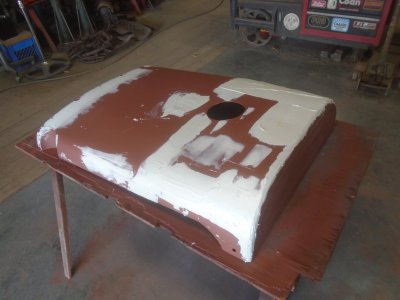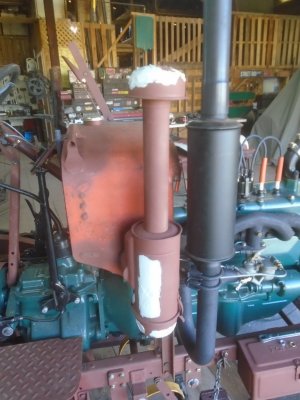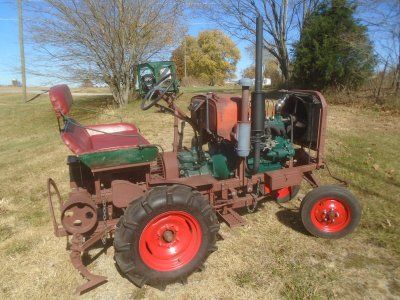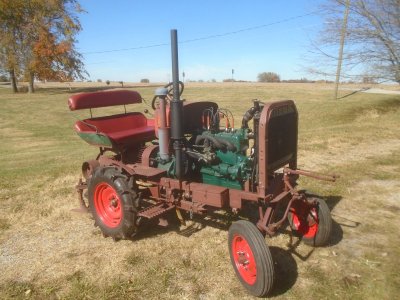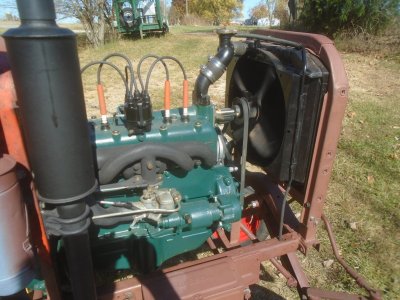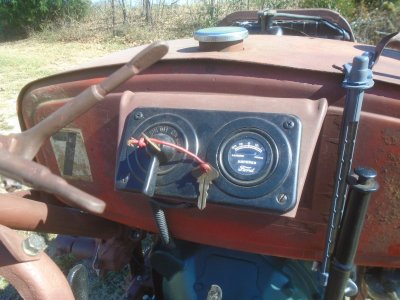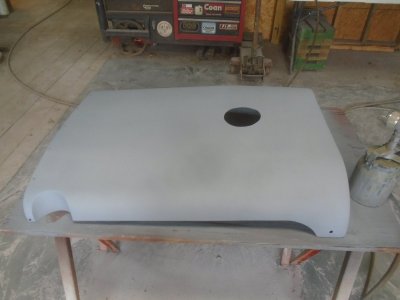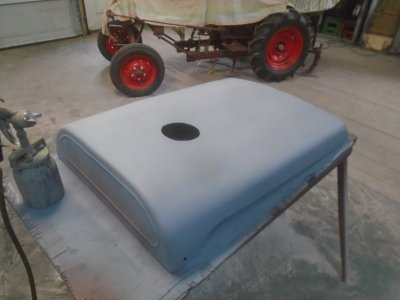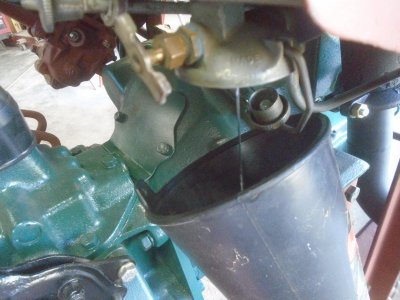This is the lift assembly off a garden tractor. I have no idea what tractor it came from.
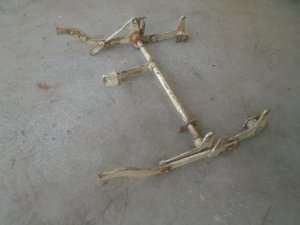
The only parts that I'm interested in are the four angle lift brackets.
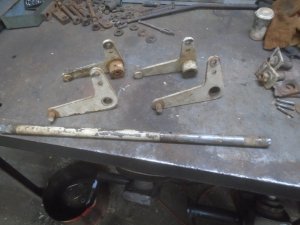
Four mounting brackets are made up and bolted to the side of the tractor frame, two on the front and two on the back. Then a 3/4 inch steel rod is slid in place between them.
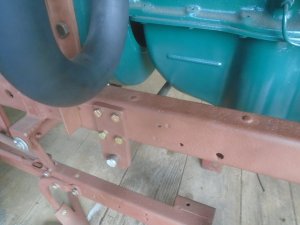
The angle lift brackets are slid onto the 3/4 rods.
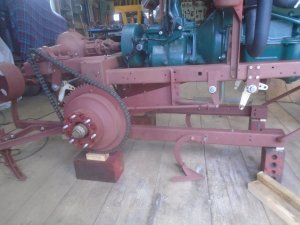
This gives me a lifting bracket on each corner of the frame.
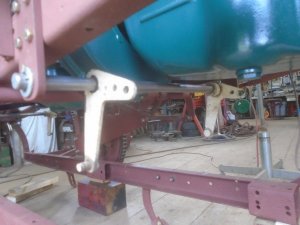
The cultivator frame is raised up to its maximum height and set on blocks of wood.
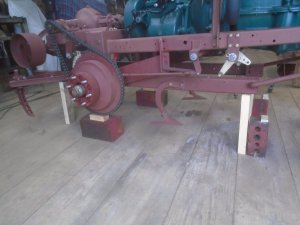
This lifts the cultivators up a little more than 5 inches off the ground.
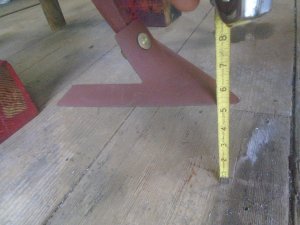
With the cultivator frame raised up, there is still plenty of room around the flat belt pulley.
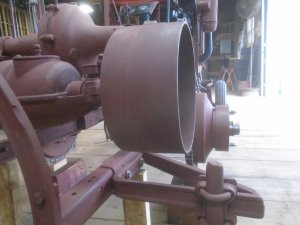
When the cultivator frame is raised up, the the angled support bracket on the front swings up and this moves the frame back about 3 inches.
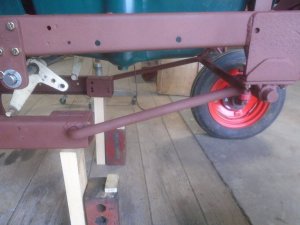
This increases the clearance between the rear arch support and the pulley housing.
This also maintains the clearance between the rear cultivators and the rear tires as the cultivators move up and back to fallow the curve of the tire.
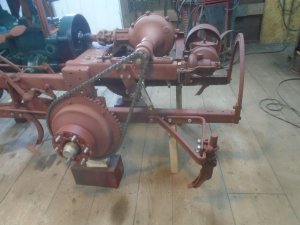

The only parts that I'm interested in are the four angle lift brackets.

Four mounting brackets are made up and bolted to the side of the tractor frame, two on the front and two on the back. Then a 3/4 inch steel rod is slid in place between them.

The angle lift brackets are slid onto the 3/4 rods.

This gives me a lifting bracket on each corner of the frame.

The cultivator frame is raised up to its maximum height and set on blocks of wood.

This lifts the cultivators up a little more than 5 inches off the ground.

With the cultivator frame raised up, there is still plenty of room around the flat belt pulley.

When the cultivator frame is raised up, the the angled support bracket on the front swings up and this moves the frame back about 3 inches.

This increases the clearance between the rear arch support and the pulley housing.
This also maintains the clearance between the rear cultivators and the rear tires as the cultivators move up and back to fallow the curve of the tire.


